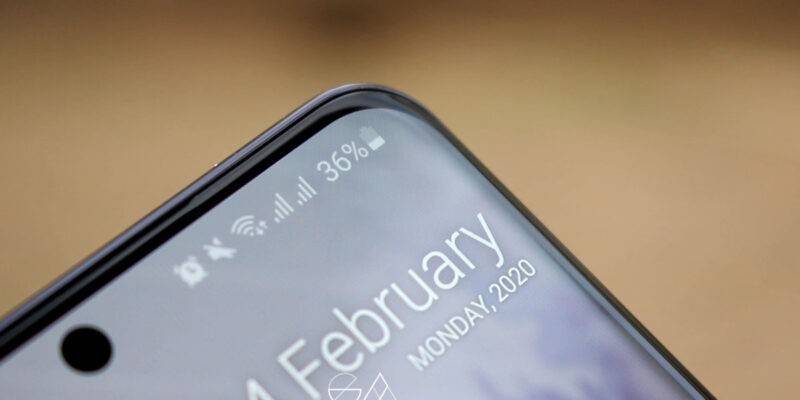We all know that Android smartphones tend to suffer when it comes to having a consistently good battery life. Most of the time, the battery’s health tends to degrade based on how you use the device. Factors like bright screens, more background software and fast internet connections take their toll on phone batteries. Luckily, manufacturers have been trying to incorporate more batteries to compensate for this.
So, if you have noticed your battery life getting worse over time, there are some stuff that you should do to try and improve it.
Adjust Screen Brightness and Refresh Rate
Modern smartphone screens look really good. However, the higher the quality they tend to demand, the more power they tend to consume. So, if you require your smartphone to display content at 120Hz, be ready to have your on-screen time cut at a significant rate. In short, you probably don’t need your device turned up to the highest setting.
The same goes for auto-brightness which adjusts based on the environment you are in. Sometimes, the feature tends to work against you by raising your display’s brightness higher than it needs to be. Under the display settings on your phone, set it to fade to black after a few seconds. And head into the notifications settings to disable notifications from specific apps, so your phone doesn’t light up every time a new alert comes in.
Try Dark Mode
Dark is one of the few features designed to help both the device and the user. However, it doesn’t really do anything for your phone’s battery unless it has an OLED or AMOLED display. This is why most brands have chosen to have their midrange and flagship devices transition to this newer display technology.
According to reports, having dark mode as the default for OLED and AMOLED smartphones could be saving as much as an hour of battery life. Luckily, most apps have now been integrating dark mode into their interfaces which makes it even better as you navigate through them all day.
Watch Your Network Data
Network data tends to strain your battery. So, using WiFi whenever possible could be the best option for you. The best way to do this is by keeping your WiFi on so that it connects automatically when at home or at work/school.
The other option would be turning off data whenever you feel like you don’t have to use it so that power isn’t drained quickly.
Get Rid of Active Tracking
A phone’s features such as Bluetooth, NFC, phone visibility and location services can be useful to avid users. But they are also harmful to those who need to have their phones on throughout the day. So if you’re looking to preserve juice, you’ll need to turn them off until you actually need them.
A voice assistant program is also a feature that you don’t need to have active at all times. If you have Google Assistant up and running, go into the Assistant settings and deactivate it, which will stop Google Assistant from actively listening and using up battery life.
Long-term Tips To Save Battery Life
Other than the tips mentioned above, there are practices that have been recommended for users who wish to have their batteries withstand the test of time. They include:
- Avoid temperature extremes, both high and low, when using or storing lithium-ion batteries.
- Minimize the amount of time a battery spends at either 100% or 0% charge, as both extremely high and low “states of charge” stress batteries.
- Avoid “fast-chargers,” that, while convenient, also degrade lithium-ion batteries more quickly than standard charging.






Prepare for the Juniper JN0-664 Exam with confidence! This certification validates your expertise in Juniper Networks routing and switching technologies. Master key topics like routing protocols, security, and network troubleshooting, and gain the skills needed to excel in real-world network environments. Passing the JN0-664 demonstrates your ability to design, configure, and manage secure, efficient networks. Boost your career and earn your Juniper Networks Certified Specialist – Security (JNCIS-SEC) certification today!